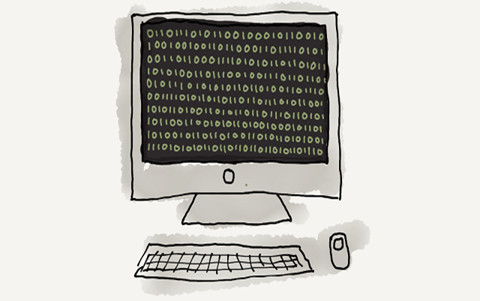Binary
Students will learn how data is stored digitally and how it can be read and accessed. They Apply the knowledge and skills to create a program that uses binary counting as an integral part of the program.
Additional details
| Year band(s) | 5-6, 7-8 |
|---|---|
| Content type | Lesson ideas |
| Format | Web page |
| Core and overarching concepts | Data representation |
| Australian Curriculum Digital Technologies code(s) |
AC9TDI6K03
Explain how digital systems represent all data using numbers
AC9TDI6K04
Explore how data can be represented by off and on states (zeros and ones in binary)
AC9TDI6P05
Implement algorithms as visual programs involving control structures, variables and input
AC9TDI8K04
Explain how and why digital systems represent integers in binary
AC9TDI8P09
Implement, modify and debug programs involving control structures and functions in a general-purpose programming language |
| Keywords | Data representation, programming, binary, coding |
| Organisation | Microsoft MakeCode |
| Copyright | 2017 Microsoft. May be subject to Copyright Act statutory licence. |
Related resources
-

Classroom ideas F-10: Aboriginal and Torres Strait Islander connections to Digital Technologies
This resource provides examples of ways Aboriginal and Torres Strait Islander Histories and Cultures can be integrated into Digital Technologies. Examples include 'classification and sorting data' and 'designing solutions'.
-
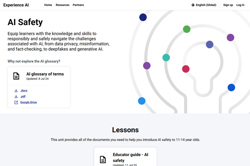
AI Safety
Equip learners with the knowledge and skills to responsibly and safely navigate the challenges associated with AI, from data privacy, misinformation, and fact-checking, to deepfakes and generative AI.
-
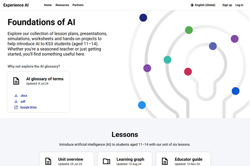
Foundations of AI
Explore our collection of lesson plans, presentations, simulations, worksheets and hands-on projects to help introduce AI to Years 7-8 students.
-
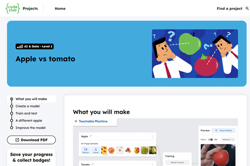
Apple vs tomato
Train a machine learning model to detect if you are holding an apple or a tomato. Then, improve the classifier by using more diverse training data.
-
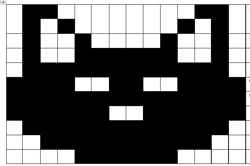
Using binary to create on/off pictures
In this sequence of lessons students develop an understanding of how computers store and send digital images and they are able to represent images in a digital format.
-
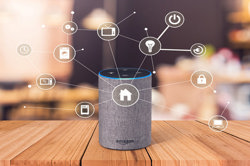
Home automation: General purpose programming
Investigate home automation systems, including those powered by artificial intelligence (AI) with speech recognition capability.
-
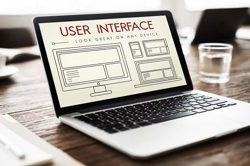
Class blog
In this lesson sequence students investigate features of a good blog focusing on such things as the concept, purpose, audience and critical features.
-
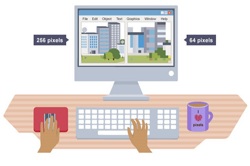
Representing text, images and sound
Learn about how text, images and sound are represented in binary.
